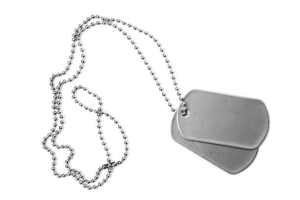Press Release | Aug. 22, 2024
Soldier Accounted for from Korean War (Barrett, A.)
Washington –
The Defense POW/MIA Accounting Agency (DPAA) announced today that U.S. Army Pvt. 1st Class Arlie P. Barrett, 19, of Bluff City, Tennessee, killed during the Korean War, was accounted for June 7, 2024.
In August 1950, Barrett was a member of Easy Company, 2nd Battalion, 19th Infantry Regiment, 24th Infantry Division. He went missing in action after his unit engaged in combat actions with the North Korean People’s Army along the Naktong River west of Yongsan, South Korea, on Aug. 10, 1950. Due to intense fighting in the area, his body could not be recovered at that time. The exact circumstances of his death were unknown.
On Dec. 29, 1950, Unknown Remains X-334 Miryang (X-334) was recovered near the village of Chirhyon-ni, roughly eight miles from where Barrett was reported MIA. The remains could not be identified as Barrett at the time, and they were subsequently buried as an unknown in the National Memorial Cemetery of the Pacific in Honolulu, known as the Punchbowl.
In June 2021, DPAA personnel disinterred Unknown X-334 and sent the remains to the DPAA laboratory for analysis.
To identify Barrett’s remains, scientists from DPAA used dental and anthropological analysis, as well as chest radiograph and other circumstantial evidence. Additionally, scientists from the Armed Forces Medical Examiner System used mitochondrial DNA (mtDNA) and mitochondrial genome (mtG) analysis.
Barrett’s name is recorded on the Courts of the Missing at the Punchbowl, along with the others who are still missing from the Korean War. A rosette will be placed next to his name to indicate he has been accounted for.
Barrett will be buried in Mountain Home, Tennessee, on Sept. 27, 2024.
For family and funeral information, contact the Army Casualty Office at (800) 892-2490.
